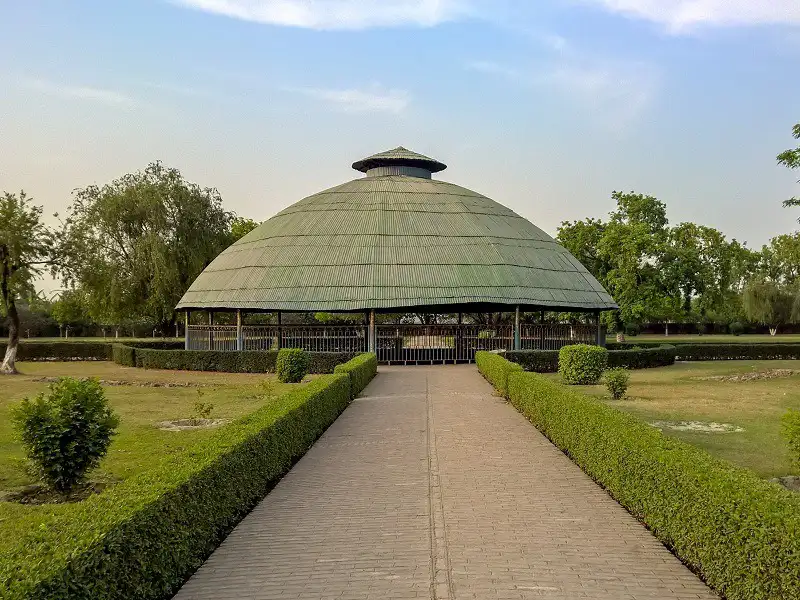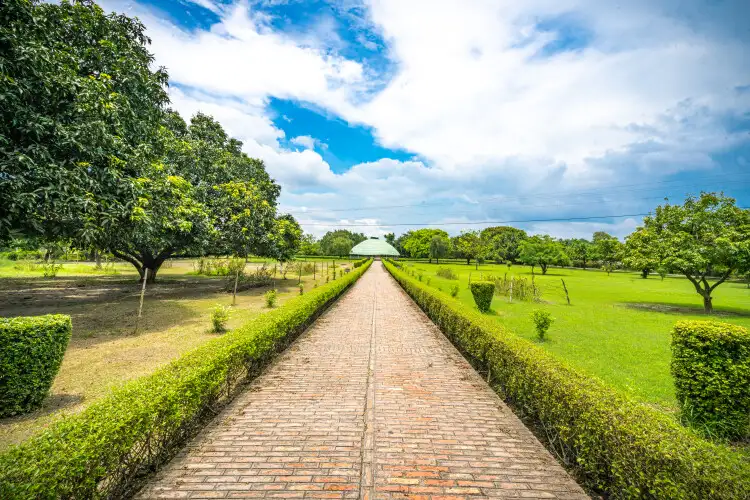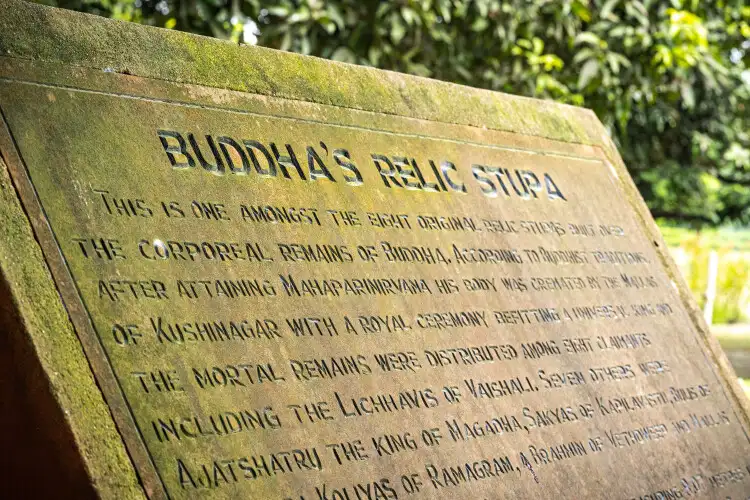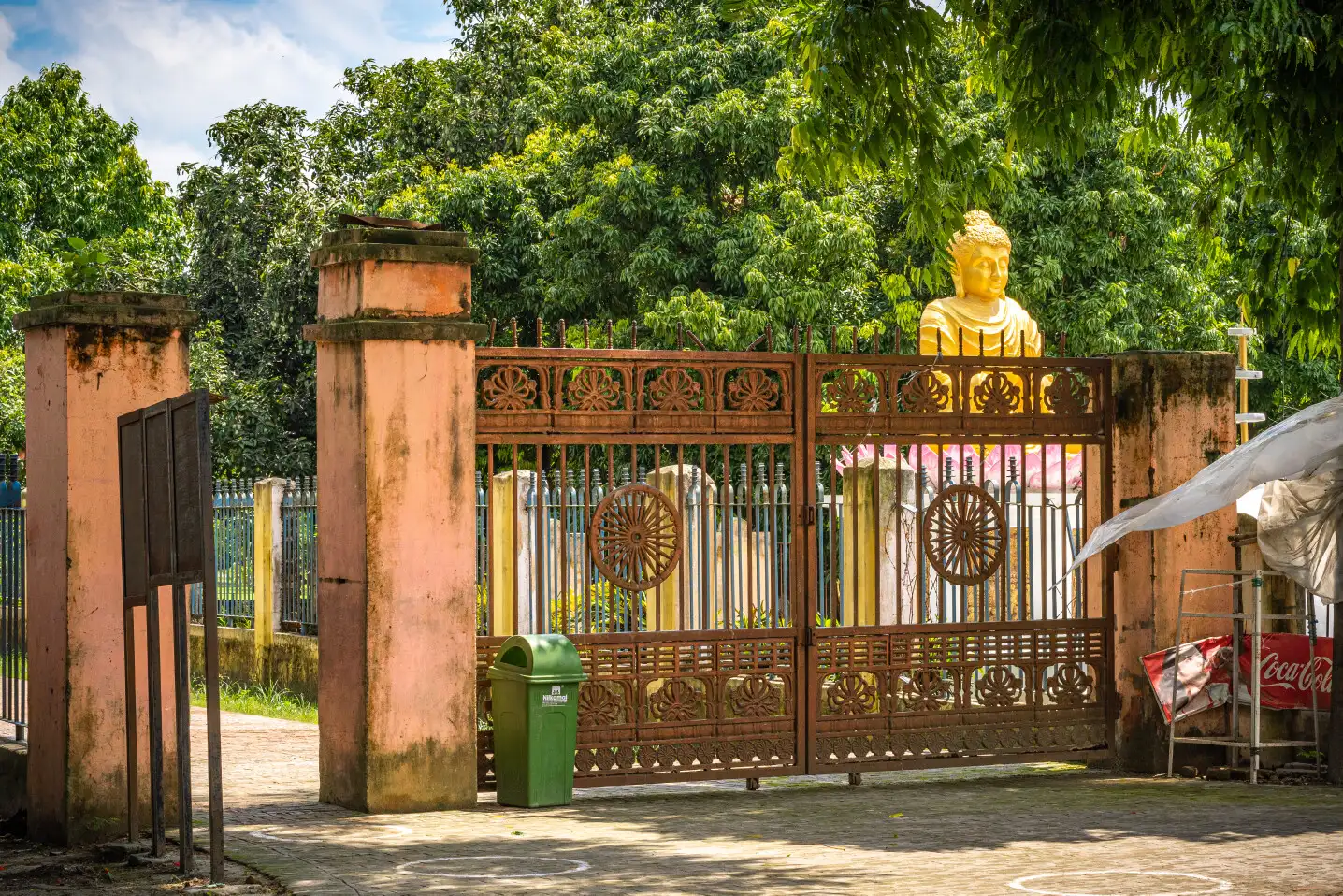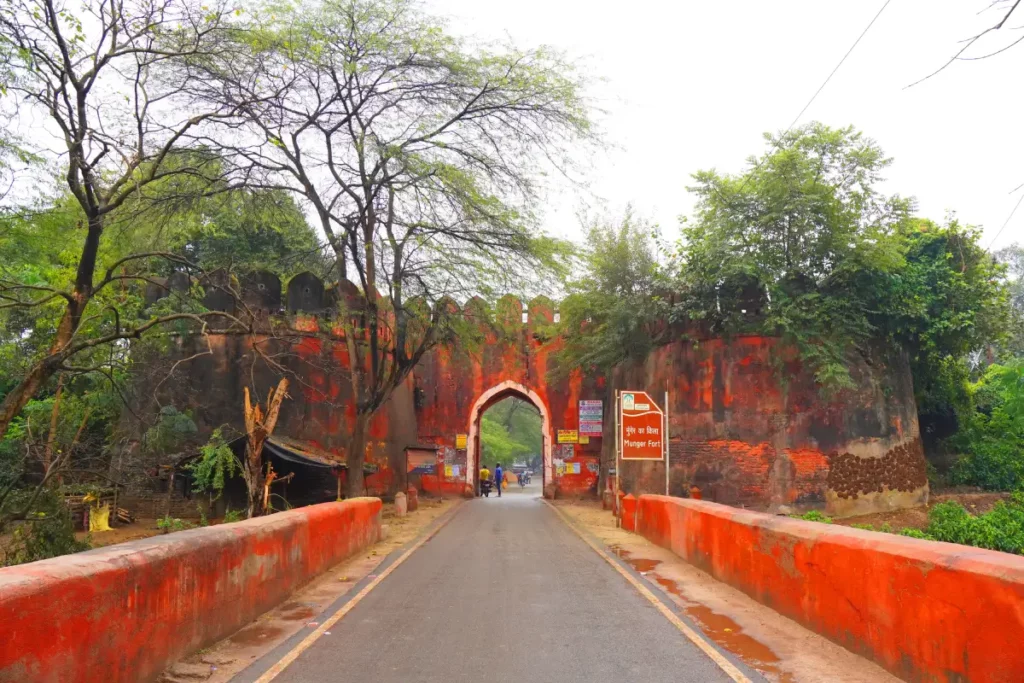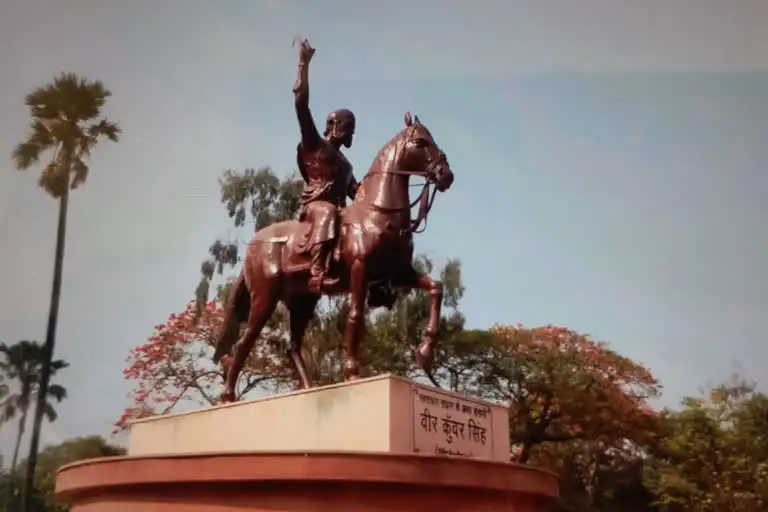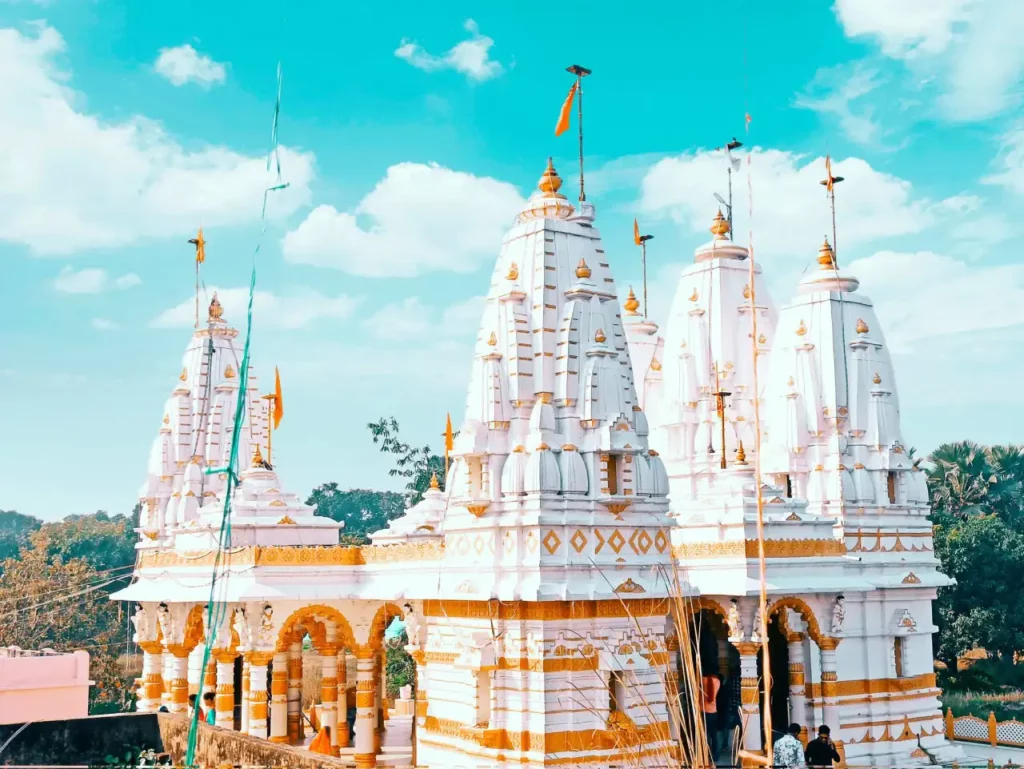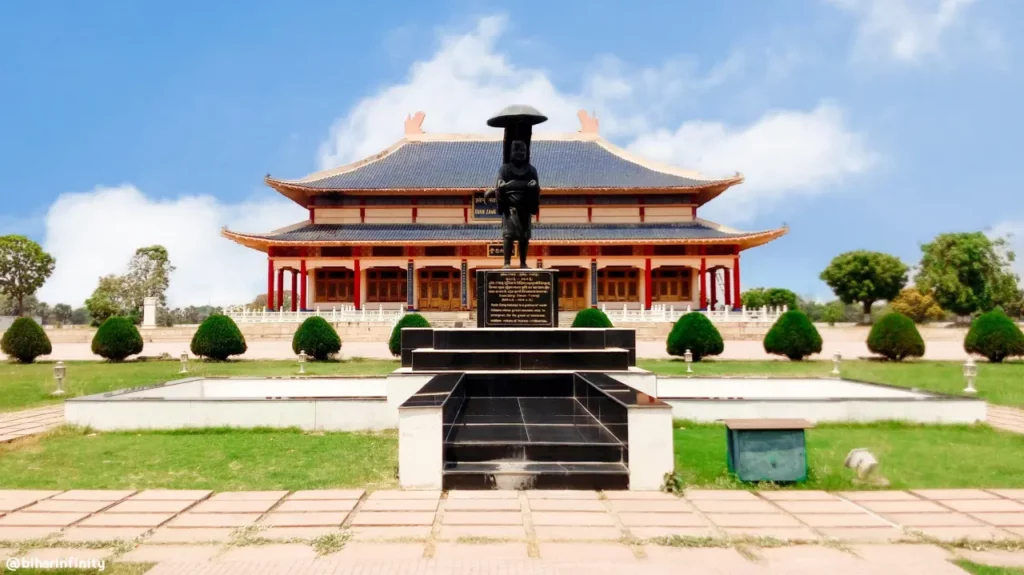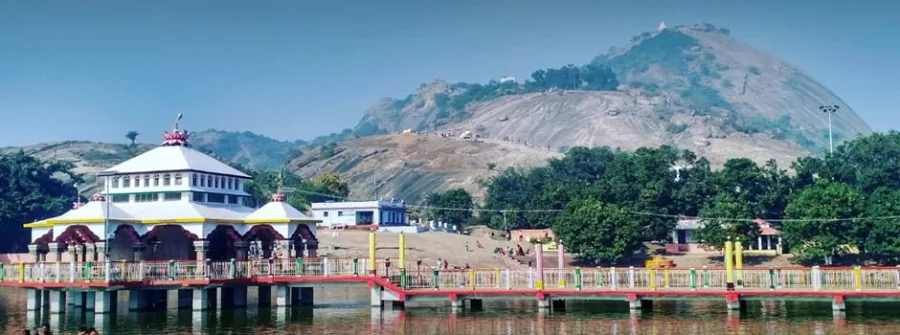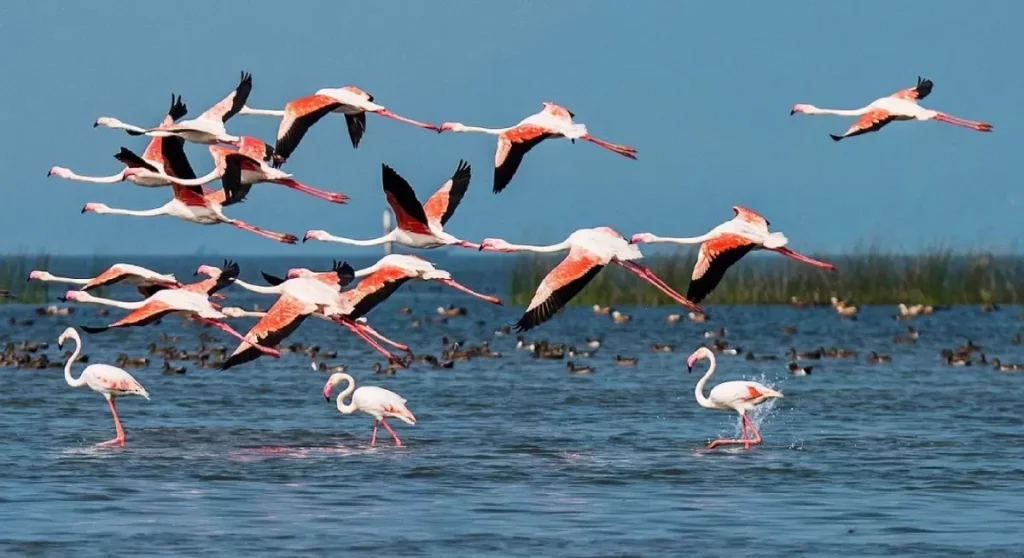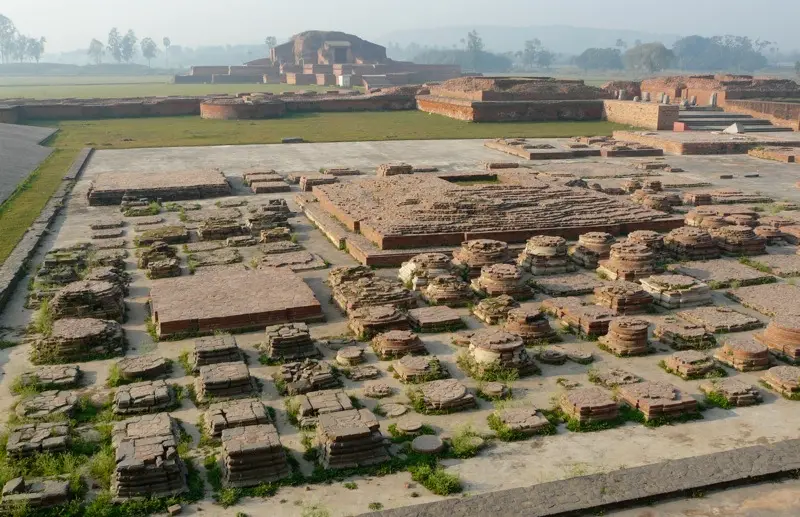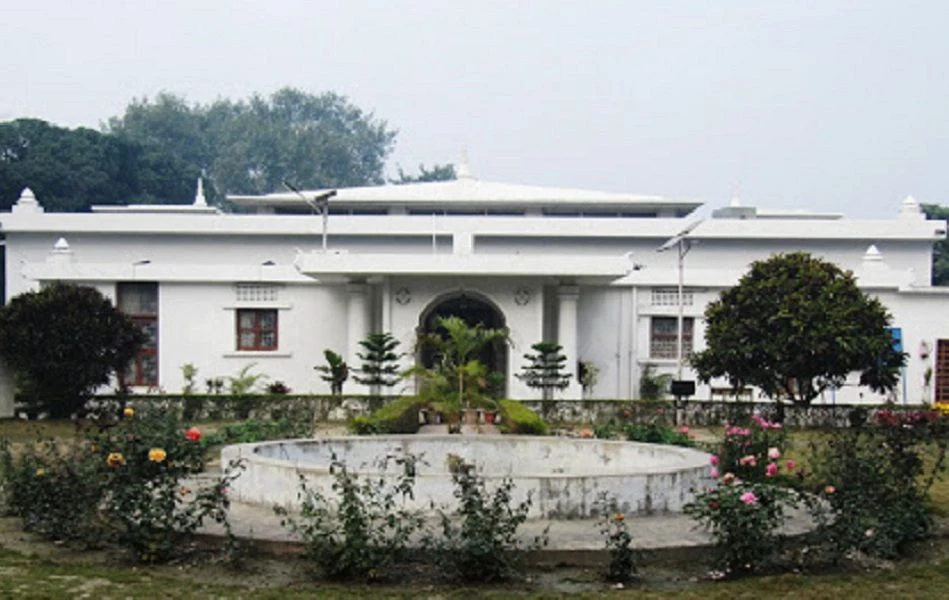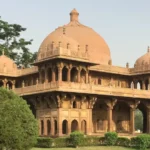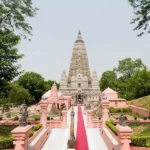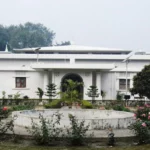Vaishali, a place of deep historical significance and spiritual resonance, houses a treasure that exudes profound tranquility and reverence – the Buddha Relic Stupa. This ancient monument stands as a testament to the teachings of the Buddha and the cultural heritage of Vaishali. Join us on a journey to uncover the captivating narrative, architectural magnificence, and spiritual essence of the Buddha Relic Stupa.
- Introduction
- Historical Significance of Vaishali
- Unveiling the Buddha Relic Stupa
- Architectural Marvel: A Glimpse into the Past
- Spiritual Significance and Sacred Pilgrimage
- Tranquil Ambiance: Amidst Nature's Embrace
- Reaching the Buddha Relic Stupa: Directions and Travel Tips
- Best Time to Visit: Embracing the Seasons
- Immersing in Local Culture: Beyond the Stupa
- Legacy of Enlightenment: Echoes of the Buddha's Wisdom
- Preservation Efforts: Safeguarding Heritage
- Exploring Beyond: Nearby Historical Gems
- Capturing the Essence: Photography Pointers
- Conclusion: Enriching the Soul
- Frequently Asked Questions
- Photo Gallery
- Fresh Reads for You: Discover Our Recent Blog Posts
Introduction
Nestled in the heart of Vaishali, the Buddha Relic Stupa stands as an embodiment of history and spirituality, inviting pilgrims and history enthusiasts to engage with its serene aura. The stupa’s magnificence reaches beyond its physical structure; it serves as a bridge to the past, connecting visitors with the profound teachings of the Buddha and the cultural richness of the region.
Historical Significance of Vaishali
Vaishali’s historical roots are intertwined with the life of the Buddha. This city witnessed his final sermon and holds a special place in the annals of Buddhism. The very soil of Vaishali holds the echoes of the Buddha’s teachings, making it a site of immense reverence for Buddhists worldwide. As you stand before the Buddha Relic Stupa, you can almost feel the spiritual energy that has permeated this land for centuries.
Unveiling the Buddha Relic Stupa
At the heart of Vaishali lies the Buddha Relic Stupa, a site that reveals the sacred relics of the Buddha and holds a mirror to the essence of his teachings. As you step onto the stupa grounds, you’re stepping into a realm where time seems to stand still. The stupa’s presence is a reminder that the teachings of the Buddha are not confined to books; they live on in the very stones and air of Vaishali.
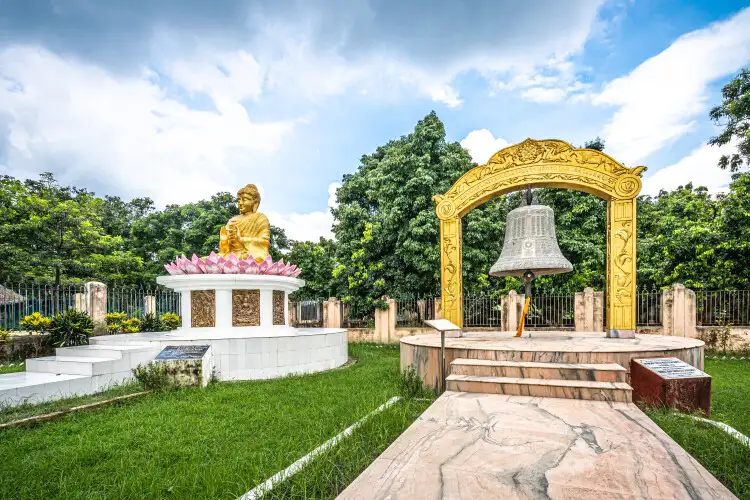
Architectural Marvel: A Glimpse into the Past
The stupa’s architectural brilliance captures the eye and imagination alike. Its design echoes an era gone by, offering a glimpse into the craftsmanship of ancient artisans. The stupa’s hemispherical shape symbolizes the interconnectedness of all beings, a reminder that we are all part of a larger whole. The intricate carvings adorning the stupa’s surface tell stories of devotion, wisdom, and the journey to enlightenment.
Spiritual Significance and Sacred Pilgrimage
Pilgrims are drawn to the stupa’s spiritual aura. It serves as a pilgrimage site, offering solace and a connection to the Buddha’s profound insights. The act of making a pilgrimage to the stupa is a transformative experience. It’s a journey that transcends the physical distance traveled; it’s a journey inward, towards a deeper understanding of oneself and the universe. As you walk the path towards the stupa, you’re retracing the steps of countless seekers before you, each with their own hopes and aspirations.
Tranquil Ambiance: Amidst Nature’s Embrace
Embraced by nature’s beauty, the stupa provides a serene environment for introspection and meditation, away from the noise of modern life. The rustling of leaves, the gentle swaying of branches, and the distant sounds of birds create a natural symphony that enhances the meditative atmosphere of the stupa. Whether you’re a devoted practitioner or simply seeking a moment of quiet contemplation, the stupa’s surroundings offer a space of serenity and renewal.
Reaching the Buddha Relic Stupa: Directions and Travel Tips
Accessing the stupa is a journey worth embarking upon. Travelers can reach Vaishali via well-connected roads and railways. If you’re traveling from distant lands, you can choose from several convenient travel routes. By road, Vaishali is accessible from major cities, and the journey itself offers glimpses of rural landscapes and local life. If you prefer railways, the nearest railway station is within easy reach of the stupa, making your journey smooth and enjoyable.
Best Time to Visit: Embracing the Seasons
While the stupa welcomes visitors throughout the year, the months of October to March provide the most comfortable climate for exploration. The cool breeze of these months enhances the experience, allowing you to traverse the stupa’s grounds without the discomfort of extreme weather. During these months, the surrounding nature is at its vibrant best, adding to the overall charm of your visit.
Immersing in Local Culture: Beyond the Stupa
Vaishali offers more than just the stupa. Immerse yourself in the local culture, savor traditional dishes, and interact with the welcoming community. Engaging with the local culture allows you to connect with the heartbeat of Vaishali and its people. From engaging in lively conversations to finding peace in Vishwa Shanti Stupa of Vaishali, these experiences add layers of depth to your journey.
Legacy of Enlightenment: Echoes of the Buddha’s Wisdom
The stupa isn’t just a monument; it encapsulates the essence of the Buddha’s teachings, inviting all to walk the path of enlightenment. As you stand before the stupa, you’re standing at the crossroads of history and spirituality. The teachings of the Buddha, which once resounded in these very surroundings, continue to reverberate, reminding us of the impermanence of life and the potential for inner transformation.
Preservation Efforts: Safeguarding Heritage
Ensuring the stupa’s preservation requires dedicated efforts. Various initiatives are taken to safeguard this cultural treasure, with the vital role of Vaishali Museum in preserving these invaluable relics. A dedicated team of historians, architects, and conservators work tirelessly to maintain the stupa’s structural integrity while preserving its historical authenticity. These efforts go beyond mere maintenance; they are a labor of love aimed at preserving a piece of history for future generations.
Exploring Beyond: Nearby Historical Gems
Vaishali’s historical riches extend beyond the stupa. Explore nearby attractions such as the Ashoka Pillar and the Ananda Stupa. These sites offer a complementary perspective on the historical landscape of Vaishali. The Ashoka Pillar, with its inscriptions and symbolism, provides insights into the time of Emperor Ashoka, while the Ananda Stupa stands as a testament to the artistic excellence of ancient craftsmen.
Capturing the Essence: Photography Pointers
Photography enthusiasts can capture the stupa’s aura through their lenses. Learn tips to encapsulate its spiritual charm in photographs. As you frame your shots, focus on capturing not just the physical beauty of the stupa, but also the emotions and thoughts it evokes. Play with angles and lighting to convey the sense of reverence that envelops the site. Remember, your photographs are more than images; they’re a way of sharing the stupa’s essence with the world.
Conclusion: Enriching the Soul
The Buddha Relic Stupa in Vaishali isn’t just a structure; it’s a journey inward. It invites you to connect with the teachings of the past and find solace in the present. As you stand before the stupa, take a moment to reflect on the wisdom it represents. Allow its presence to resonate within you, awakening a sense of curiosity, understanding, and reverence for the teachings of the Buddha.
Frequently Asked Questions
Absolutely! The stupa’s serene ambiance provides an ideal setting for meditation and reflection. Find a quiet spot, close your eyes, and immerse yourself in the peaceful energy of the surroundings.
Yes, there are various accommodation options in Vaishali, ranging from budget-friendly guesthouses to more luxurious hotels. You can choose a place that suits your preferences and budget.
Yes, photography is generally allowed around the stupa’s premises. However, it’s advisable to be respectful of fellow visitors and the spiritual atmosphere while taking photographs.
Yes, guided tours are available for visitors who wish to delve deeper into the history and significance of the stupa. Knowledgeable guides can enhance your experience by providing valuable insights.
Vaishali pays homage to its historical significance through cultural events, festivals, and preservation efforts. Local communities often organize celebrations that highlight the region’s rich heritage and its connections to Buddhism and the teachings of the Buddha.
Photo Gallery
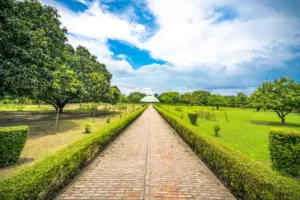
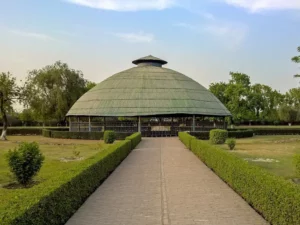
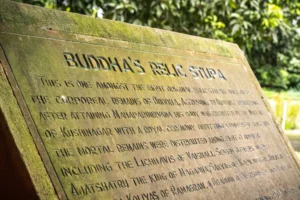
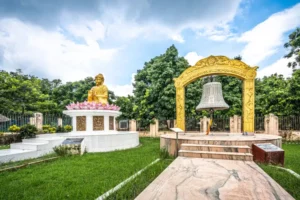
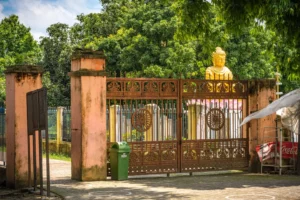
Fresh Reads for You: Discover Our Recent Blog Posts
Munger Fort: History, images, and best time to visit
Standing majestically on a rocky hillock along the southern banks of the…
Jagdishpur Fort: Reliving History Amidst Majestic Ruins
Nestled in the heart of a serene landscape, Jagdishpur Fort stands as…
Dwarkadhish Temple Chapra: A Marvel of Artistry and Faith
The celebration of Krishna Janmashtami resonates across India, and Chapra’s Naini village…
14 Must-Visit Tourist Places in Rajgir for an Enriching Journey
Rajgir, a city in the district of Nalanda, invites you to traverse…
Mandar Hill: A Spiritual Journey to Serenity
Nestled in the Bounsi, Banka district under Bhagalpur division of state of…
Kanwar Lake: Exploring Asia’s Largest Freshwater Oxbow Lake
The Kanwar Taal, also known as Kabar Taal Lake or Kabartal Wetland,…
Ruins of Vikramshila University: Unveiling an Enigmatic Past
Nestled in the serene landscapes of ancient India, Vikramshila University stands as…
Vikramshila Gangetic Dolphin Sanctuary: Bihar’s Aquatic Treasures
Nestled along the pristine banks of the Ganges River, the Vikramshila Gangetic…
Vaishali Museum – Unveiling the Treasures of Ancient Bihar
Nestled in the heart of Vaishali, a town steeped in history and…
Buddha Relic Stupa Of Vaishali: Exploring the Serene Beauty
Vaishali, a place of deep historical significance and spiritual resonance, houses a…

